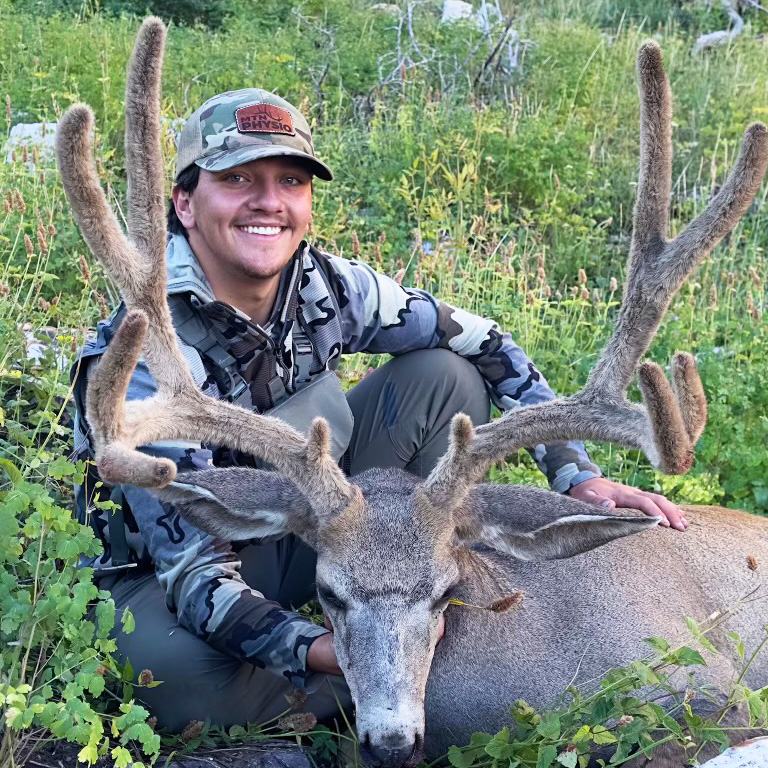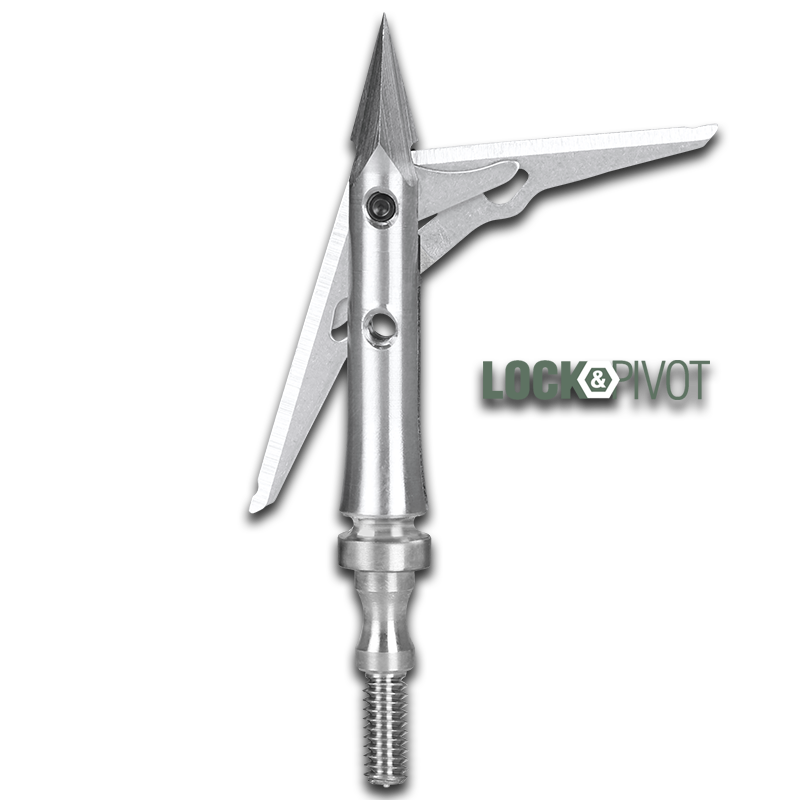With western draw results rolling out, it’s time to shift gears. Your hunt might still be months away, but the work that determines your success starts right now. Whether it’s your first tag or another run at the backcountry, western archery hunts demand more than a sharp broadhead and good boots—they require preparation across the board: scouting, shooting, physical readiness, and mental toughness.
Let’s break it all down so you can hit the west this fall with confidence.
1. E-Scouting: Build Your Game Plan Now
Before your boots hit the dirt, your brain should be neck-deep in maps. Western country is vast and remote. A solid plan—built from home—is critical.
Start with tools like OnX Hunt, GOHUNT Maps and Google Earth. Look for areas with the big three: food, water, and cover. Study terrain features—north-facing slopes, saddles, benches, and travel corridors. Watch for glassing points and areas far from trailheads where pressure drops off.
Don’t just have a Plan A. Have a B, C, and D. Conditions change. Elk move. Weather can throw everything sideways. E-scouting gives you options, and options fill tags.
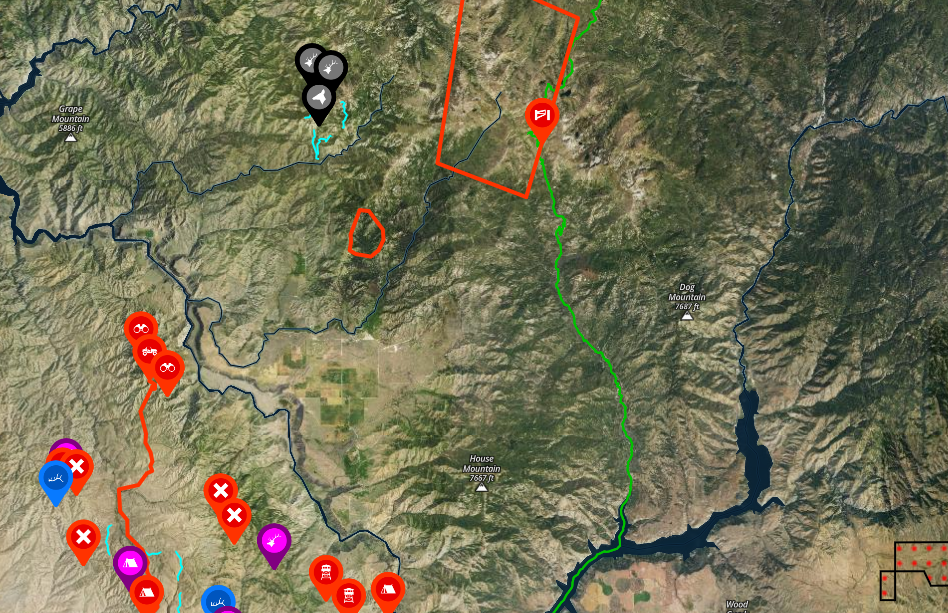
2. Physical Prep: Train for the Terrain
If you’re heading into elk country, understand that is no walk in the park. Western hunts are physically demanding—often high altitude, steep terrain, and long days under a heavy pack. You don’t need to be a triathlete, but you do need to be prepared to push through tough country day after day.
Focus on:
Cardio: Ruck hikes with 30–50 lbs. Mimic elevation gain with stairs, hills, or incline treadmill work.
Strength: Train legs, core, and shoulders. You’ll use them all packing in—and hopefully packing out.
Endurance: You’re not sprinting, its a marathon. Aim for sustained output, day after day.
If you’re not sure where to start—or want to train smarter, not just harder—MTN Physio is a great resource. Founded by Dr. Preston Ward, a backcountry hunter and Doctor of Physical Therapy, MTN Physio offers mountain-specific training programs designed to build strength, mobility, and injury resilience for the exact demands of western hunts.
Whether you’re recovering from an injury or just want a structured program to help get mountain-ready, MTN Physio delivers training that’s custom-built for bowhunters.
Training in your actual hunting boots, pack, and even with trekking poles helps condition both your body and your gear for what’s ahead.
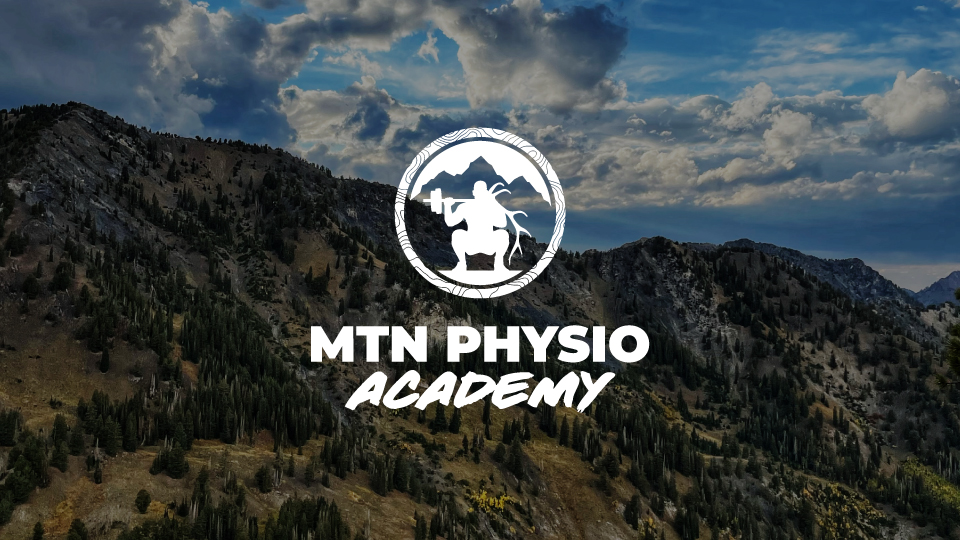
3. Preseason Shooting: Build Confidence in Your Setup
Let’s be honest—western hunting isn’t going to give you the 20-30 yard shots like in the Midwest. Long shots, crosswinds, angled terrain, and adrenaline are all part of the deal. That means your preseason shooting needs to reflect real-world conditions.
Here’s how to dial it in:
Shoot at range—40, 60, even 80+ yards.
Shoot tired—after cardio or with your heart rate elevated.
Shoot in gear—pack on, layers worn, and your quiver mounted.
Most importantly, practice with your broadheads.
Train Like You Hunt: The SEVR Advantage
This is where SEVR’s Practice Lock system shines. With a quick turn of the set screw, you can lock SEVR broadheads into practice mode. That means you’re practicing with the exact same broadhead you’ll hunt with—same weight, same flight, same performance.
Unlike fixed blades that often require tuning, SEVR broadheads fly like your field points—dead-on and consistent. By practicing with your real heads, you eliminate guesswork and boost confidence when it’s go time.
SEVR broadheads are built for accuracy at distance, and that matters when your shot is across a burn or through a crosswind at 60 yards. If your bow is dialed with SEVR, it’s dialed for the mountains.
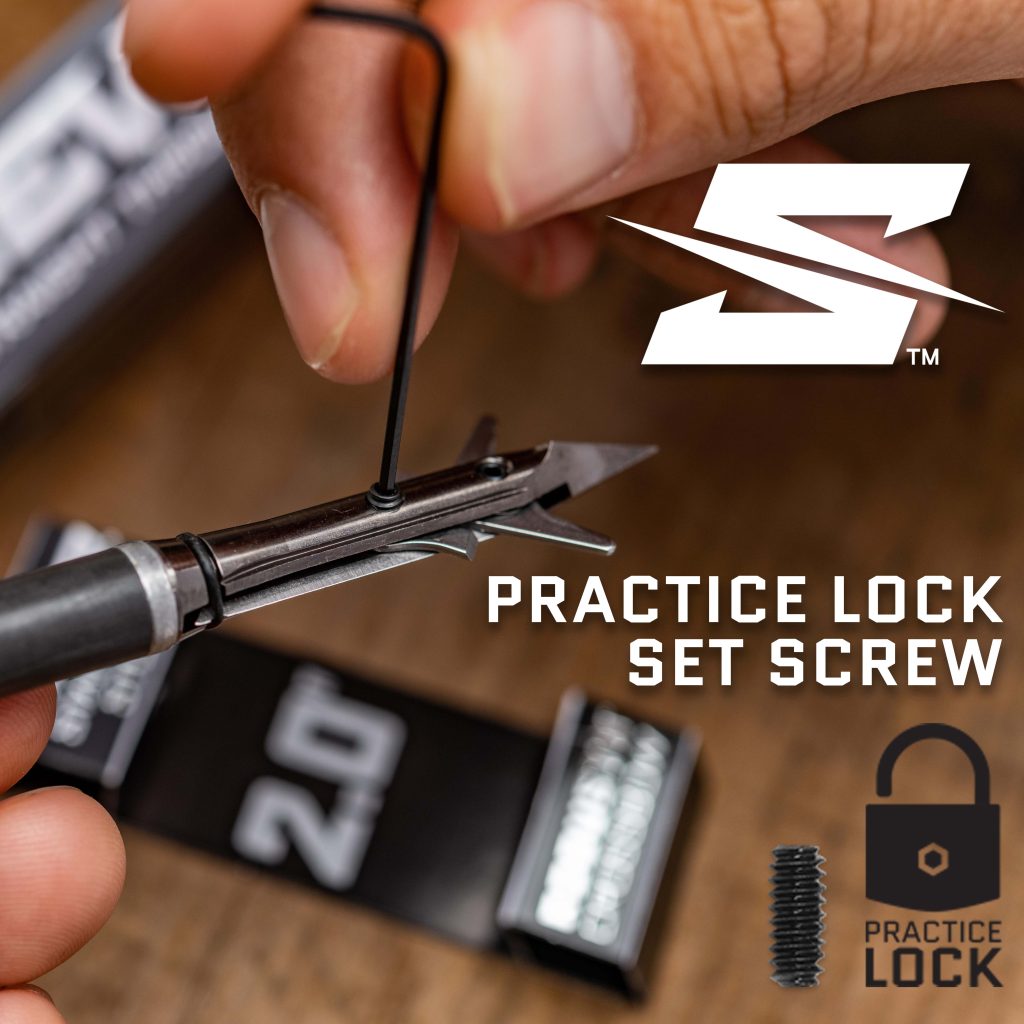
4. Gear Check: Built for the Backcountry
Western hunts are tough on gear. Now’s the time to test, tweak, and fine-tune everything.
Boots: They need to be broken-in and trail-tested. Blisters will ruin a hunt faster than anything.
Backpack: Can it carry a boned-out elk quarter? Practice packing weight now and understand what your packs limits are as well as your own.
Bow setup: Axis’s are leveled, bow is tuned and everything is ready for a beating.
Clothing system: Layering is essential. It could be 65 degrees one day and 32 degrees and snowing the next.
Carry extras: release, broadheads, strings, tools. Also have some extra things in the truck, nothing is worse than having to drive out of your unit to pick up something you could of had ready to go at the trailhead.
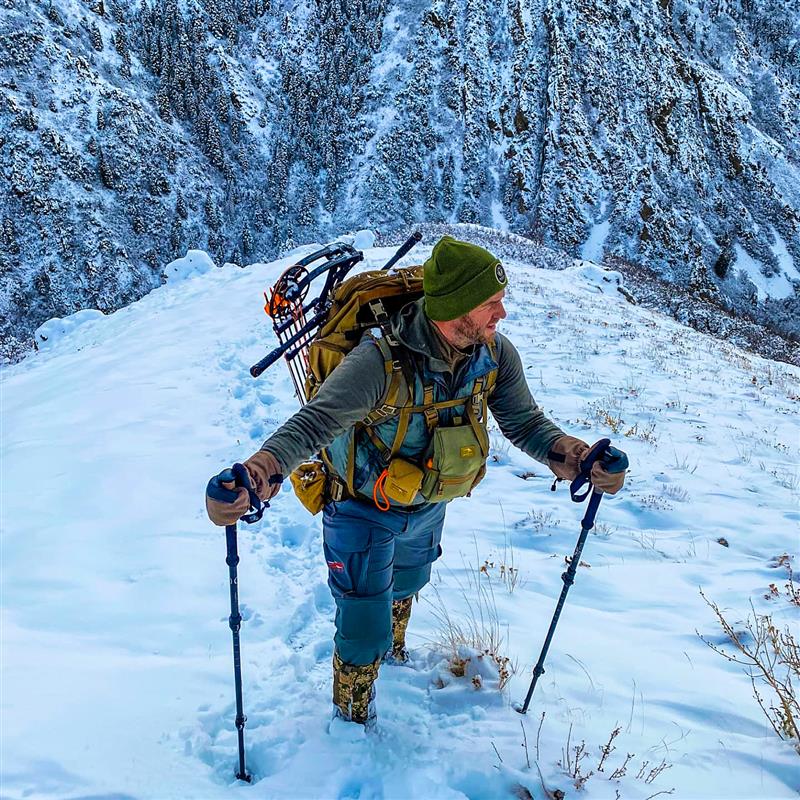
5. Mental Game: Don’t Underestimate It
Western bowhunting is a mental rollercoaster. Days without seeing animals. Tough terrain. Weather that doesn’t care about your schedule. It’s mentally taxing.
Control what you can. Prepare for what you can’t.
Success often comes down to persistence—glass one more ridge, hike one more mile, wait out one more storm. Start now by building a routine that emphasizes discipline and resilience. You’ll thank yourself when you’re five days deep and still grinding.
Final Thoughts: Earn Every Opportunity
Western hunts aren’t won—they’re earned, even months before you ever draw your bow on animal. The prep you put in now—e scouting , shooting with intent, building your body, and dialing your gear—translates directly into opportunities this fall.
It’s not easy country. The terrain is unforgiving. The animals are wild and wary. But that’s what makes western bowhunting so addicting—and so rewarding. You only get a few chances. Make sure you’re ready when they come.
Train with a purpose. Shoot with precision. Trust your gear. Whether you’re using SEVR broadheads for pinpoint accuracy or working with MTN Physio to build a mountain-tough body, every detail matters.
The mountains won’t give you anything. But if you put in the work now, they just might offer you a shot.

